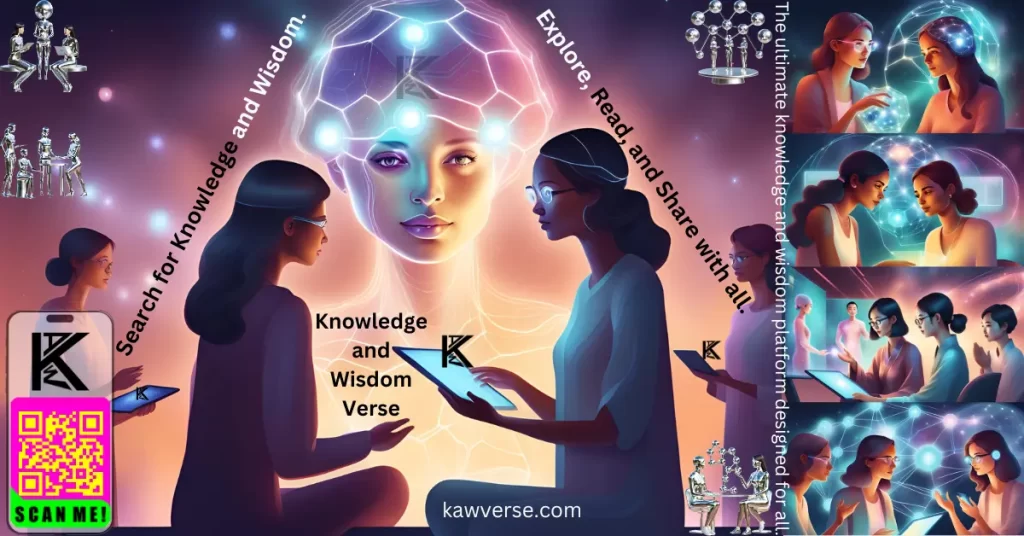The IELTS Academic Writing Task 2 is a pivotal aspect of the exam, designed to evaluate candidates’ ability to articulate and support opinions through essay writing. This task requires a unique set of skills, encompassing critical thinking, effective communication, and the ability to structure ideas coherently. In this comprehensive guide, we will unravel the intricacies of IELTS Academic Writing Task 2 and provide valuable strategies for success.
Understanding IELTS Academic Writing Task 2:
Task 2 involves writing an essay in response to a given question or statement. The goal is to present a clear position, support it with relevant examples, and showcase a broad range of vocabulary and grammatical structures. The essay typically requires candidates to discuss a specific topic, analyze a problem, or express an opinion on a given statement.
Key Components of Task 2:
- Introduction: Begin with a concise introduction that introduces the topic, provides background information, and clearly states your thesis or opinion.
- Thesis Statement: Clearly articulate your position or opinion in a thesis statement. This serves as the central argument that you will support throughout the essay.
- Body Paragraphs: Develop your argument in the body paragraphs, each focusing on a specific aspect or supporting point. Use examples, evidence, and analysis to strengthen your position.
- Counter-Argument (if applicable): Acknowledge and address potential counter-arguments to showcase a nuanced understanding of the topic.
- Conclusion: Summarize your main points and restate your thesis in a conclusive manner. Avoid introducing new information in the conclusion.
Strategies for Success:
- Understanding Essay Types: Familiarize yourself with different essay types, such as opinion essays, discussion essays, and problem-solution essays. Tailor your approach based on the specific essay prompt.
- Brainstorming and Planning: Dedicate time to brainstorming ideas and planning your essay before you start writing. This ensures a clear and organized structure.
- Coherence and Cohesion: Pay attention to the flow of your essay. Use linking words and phrases to connect ideas and ensure a smooth transition between paragraphs.
- Vocabulary Range: Demonstrate a broad vocabulary range by using synonyms and varied expressions. Avoid repetition and aim for precision in your language use.
- Grammar and Punctuation: Maintain a high standard of grammar and punctuation throughout your essay. This contributes to clarity and coherence in your writing.
Sample Task 2 Response:
Consider the following structure for a Task 2 response based on a prompt about the impact of technology on education:
Introduction: Introduce the topic, provide background information, and state your thesis on whether technology has a positive or negative impact on education.
Body Paragraphs: Develop specific arguments, such as improved access to information, enhanced learning opportunities, or potential drawbacks like overreliance on technology.
Counter-Argument (if applicable): Address potential counter-arguments, demonstrating a comprehensive understanding of the topic.
Conclusion: Summarize key points, restate your thesis, and provide a conclusive statement on the overall impact of technology on education.
Conclusion: A Roadmap to Successful Essay Writing
IELTS Academic Writing Task 2 demands a strategic approach, combining critical thinking, effective communication, and a mastery of language. By understanding the task components, implementing key strategies, and practicing a variety of essay prompts, you can confidently approach Task 2 and produce well-structured, persuasive essays.


Leave a Reply
You must be logged in to post a comment.